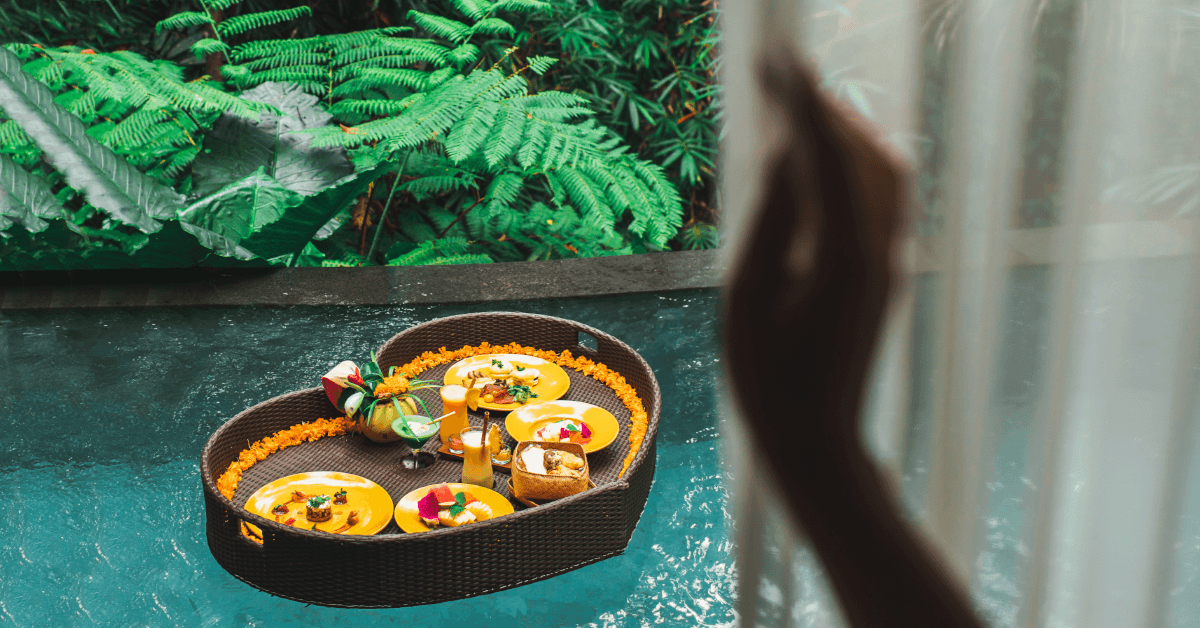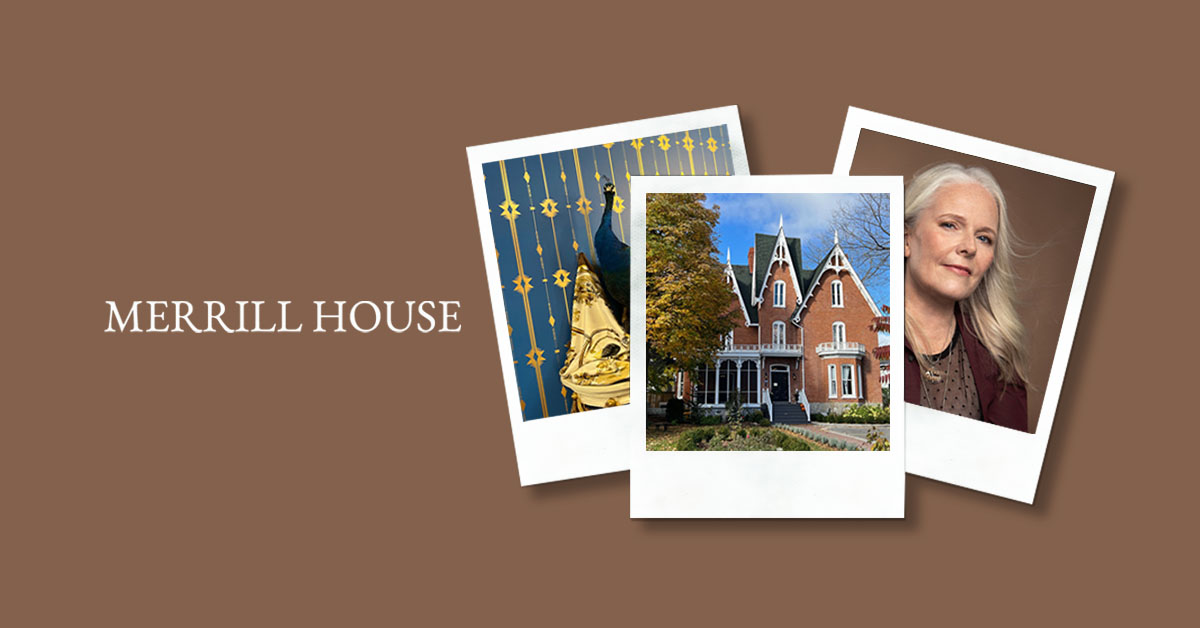
After 42 years of working in the hospitality industry, Astrid Young has seen it all. What started as a career as a musician doing side gigs in hospitality slowly turned into a long, fruitful career in the restaurant business.
From neighborhood bars to five-star hotels, Young’s journey eventually led her to the high-end world of wine. Fast forward to 2022 and Young is now the Wine Director of Merrill House, a celebrated and historic boutique hotel in Prince Edward County, Canada.
We sat down with Young to discuss her successful journey in hospitality, her key role in Merrill House’s digital transformation and how she uses Lightspeed’s technology to optimize a growing boutique hotel.
In today’s competitive hospitality landscape, you need tools that support your business as it grows. Ask these 11 questions to find the right POS for your restaurant.Looking for a new POS?
From touring musician to wine connoisseur
Young: I’ve been in this business for more than 40 years now. I got my first bartending job in 1979 straight out of high school and I worked in a couple of restaurants. I’m actually
originally a touring musician and it’s not unusual for musicians and actors to have jobs in hospitality. It’s kind of a rite of passage in a way. It can be a very transient job. So of course, it’s never anybody’s intention to stay in hospitality for that long. I’ve worked in so many different places. I’ve worked in neighborhood bars, nightclubs, mud wrestling places, strip joints, five-star hotels. You name it, I’ve worked there, as a bartender or as a manager.
I started getting really interested in wine and I became a sommelier in the mid-nineties. I have three sommelier certifications and that kind of gave me a new outlook on my role in hospitality. It reenergized me in many ways.
I’ve worked for some of the smartest people in the business. I’ve seen everything that you can do right and everything that you can do wrong. For the past 20 years or so, I’ve been a consultant. Basically my role is that places hire me to figure out where they’re losing money. I come in and the first thing I do is a full inventory of their beverage program. I’ll take a look at their costing, their sales, I redesign their wine and beverage program. I also work with the chef, retrain their staff and I put in place systems that will help them be more profitable and market the beverage alcohol in the restaurant. That’s been my role and I’ve worked for many, many places over the past few years.
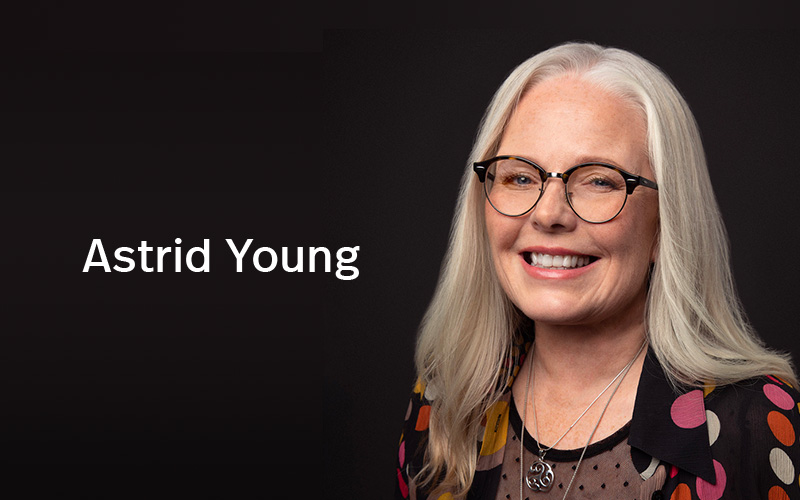
Finding her place in Ontario’s wine country
Young: Prince Edward County is an agricultural area and they didn’t have a lot of tourism there. And then in 2004-2005 it started really picking up because we’re in the middle of a wine region. Actually, it’s Canada’s newest designated viticultural area. It was officially designated in 2007, and the first vines were planted in the 90s. When I moved there in 2001, there were four wineries. Now there’s 52. It’s grown considerably. In that period we’ve basically doubled the population in the area. And one of the big issues that we had initially is that everybody was coming, but there was no place to stay.
When I moved to Prince Edward County at the beginning there wasn’t really a lot of wine to be had and the quality was kind of so so. The prices were really high for a while, but it started to catch up with each other. The value started getting better, the wines started getting better and people started getting interested. And suddenly all the restaurants in the county were only buying county wine. There really wasn’t a place for me. I’ve worked with almost every restaurant in the county up until a few years ago, and I finally just hit a ceiling and I thought, “I’ve had enough.” I couldn’t work on the floor in restaurants anymore, and that was when I figured, “Okay, I’m done. I’ve had my time.”
A new journey with Merrill House
I lived about two blocks away from the Merrill House, and the owners were good friends of mine, and they were looking for somebody basically just to sit at the front desk for a couple hours. I used to come in, update their website, write their blogs and handle the phones for a couple of hours a day. And that’s it. It was very, very low key. I told them straight out, “I do not want to work in the restaurant. I have no interest in that.”
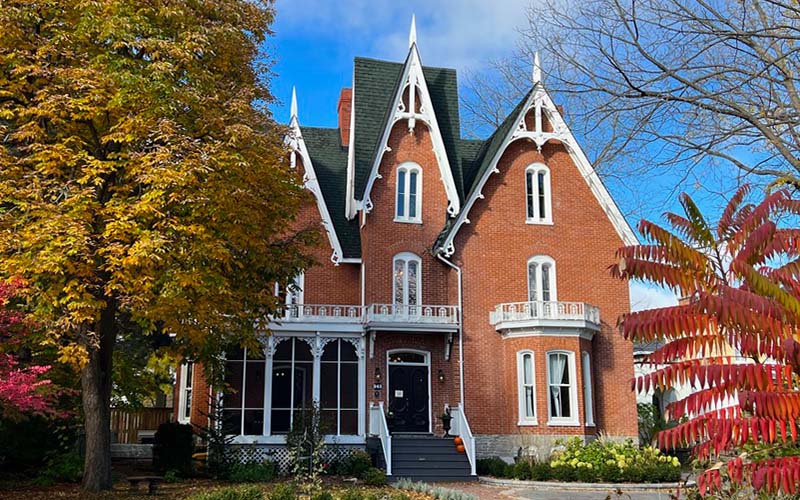
Merrill House had been on the market for a couple of years and it hadn’t really sold until the current owner came along. Jordan and his family bought the place, and during the transition, Jordan asked the previous owner, “I’m looking for a sommelier. Do you know anybody?” And he said, “Well, Astrid is the sommelier, but I don’t think she’s interested, but there’s no harm in asking.” We went out to lunch and Jordan said the magic words to me and I said, “Okay.” I decided I was going to approach this with an open mind. And he said, “Well, I would like to double the wine list by the end of the month.” And I said, “I can do that. I can totally do that.” So that’s what started our relationship and we really connected on a lot of levels, both personally and philosophically.
Taking Prince Edward County’s fine dining to the next level
Young: [Jordan’s] vision was very ambitious for what was going on in the county at the time, and I was really excited about that. You’ve got a lot of people that are really entrenched in the wine and culinary community there and the tourism community, and he really wanted to take the service level up not just a notch, but a number of notches. He wanted to be the top fine dining—like real fine dining, not just what people call fine dining these days. And everybody was telling him, “Oh, that’ll never work. Nobody’s going to pay for it. We haven’t got the financial blah blah blah.” And I saw some merit in it. I thought, there’s nothing like that here. And I think we need it. I’m never averse to taking risks.
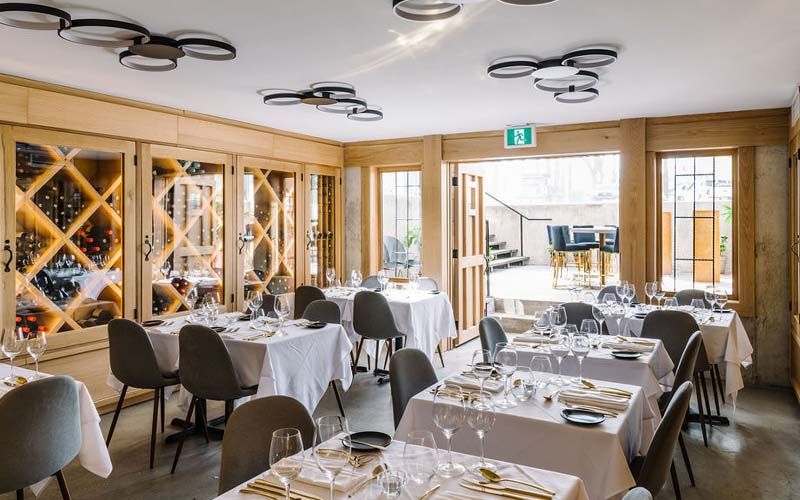
I dove in with both feet and we haven’t really looked back. That was three almost four years ago now, and it’s just going up. It’s pretty remarkable. When I look at the sales at the end of the year, it’s just mind blowing. We haven’t actually had a full year open because of the lockdowns and renovations. But even with the short periods that we were open, we outsold the three previous years combined. This was a real eye opener for me and for everybody. And it’s just like, “this is working.” This is great and we’re the only ones that are really doing it. Now we’ve got a little company in the space. It’s nice to have some other businesses that are kind of like in the same “club”. It’s been a real evolution and we are just committed to constant improvement and we’re always looking for ways to do better and get better.
The start of a digital transformation
Young: Merrill House is a 13-room boutique hotel with restaurants and the current owner purchased the business in 2018. It has gothic architecture and it looks kind of like a gingerbread house. It was built for the first magistrate in Prince Edward County. He was a judge and they built that as his residence. Since then, it’s been a residence, it’s been a rooming house, it’s been apartments, it was even an old age home at one point. And then I think in the mid to late seventies, the family bought it and they turned it into a country inn, and the B&B kind of evolved into that. It’s gone through many phases.
Since I had been working there previously for a few years and the chef’s been there since 2001, we’re the legacy employees in this situation. When the new owner came on he really wanted to advance the digital transformation of the facilities.
There were a lot of upgrades and we wanted to bring our booking engines and all our technology into the twenty-first century. We were using Silverware, but it was a standalone system. It wasn’t connected, and we weren’t using it for processing or anything terribly useful. It was more like an overpriced offline cash register and it was an older version. There was no updating or upgrading it.
We were looking into solutions for a new restaurant POS system. Obviously, we wanted to get something that was modern and ideally we wanted to be able to connect it to all our other hotel systems, like our booking engine. That was one of the big reasons why we chose Lightspeed because it integrated with our main booking engine, which is Cloudbeds. That’s why we brought it on board.
Using Lightspeed Restaurant POS to the fullest
Young: It was interesting because I’d worked with many POS systems being a consultant and being responsible for opening and revamping restaurants, especially where technology is concerned. I’ve been doing that for the better part of 30 years, and I’ve never worked with Lightspeed before. I knew of it as a retail POS, and there are a couple of organizations in our area that were using it for retail. Having the breadth of experience that I do with all kinds of other POS systems, it was just a matter of navigating it and seeing what else it can do.
Typically, in my experience, I find that most places use about 10% of the capacity of their POS systems. I like to dive in as deep as I can and see how I can actually make it more useful and derive the most value from it. And honestly, still, to this day, I’m finding out things about Lightspeed that, you know, the light bulb goes on and it’s so cool that you can do things so easily. They’re intuitive to the point where it occurs to me that it must be somebody else in my business who’s thinking of these things. Often you get systems that will do what you want it to do, but you have to go through so many layers to get it to work and it’s not automated and it’s not intuitive, and it doesn’t follow any kind of logical workflow. What I love about Lightspeed is that it takes all these things into account. And it feels like it was developed by somebody in my industry, which makes me very happy.
Finding essential features
The customer service has been really, really great. The fact that you guys are so focused on customer success is a great thing. Being able to get somebody on the phone when I need them and then actually following up on bug fixes and feature requests and things like that is something that I have never experienced in my past POS experiences.
One of the main reasons why we chose [Lightspeed] is that it integrates with our booking engine so we can actually charge restaurant charges to the room folio. That’s very convenient. It’s really important for people to be able to do things quickly and to be able to accomplish my reporting goals as well—to be able to see the numbers that I need to see. One of the most important features for us is the integrations and the ease of which that can be accomplished.
Witnessing empowerment in the hospitality industry
Young: I have definitely seen a change in the industry, especially in the past few years. There’s a kind of historic misogyny in the hospitality business and a lot of that’s coming to light, which is great. I’ve worked in high-volume restaurants before and it is pretty intense. I see women being much more empowered and this goes on the winery side too. You’re seeing a lot more female winemakers rising to great prominence and female chefs. I know a lot of female chefs in the county that are very well respected.
I think there’s been a really strong movement to recognize the women in the industry and recognize how influential they are to our culture. And I think that’s been long overdue. Some of the best management that I’ve worked with have been female. Some of the people that I’ve worked with that I’ve learned the most from are not necessarily my age either. A lot of them are younger than me and are just very dynamic, very smart and very intuitive. I always admire strong women in this industry because you have to be. I don’t know if it’s any harder than the corporate world, but I think you’re working with a lot of egos in both scenarios. It takes a lot of strength and resilience to be able to stand up to that and say, “I have an opinion and my thoughts and my ideas are valid.” I’ve never been afraid to stand up and speak my mind.
A future of growth for Merrill House
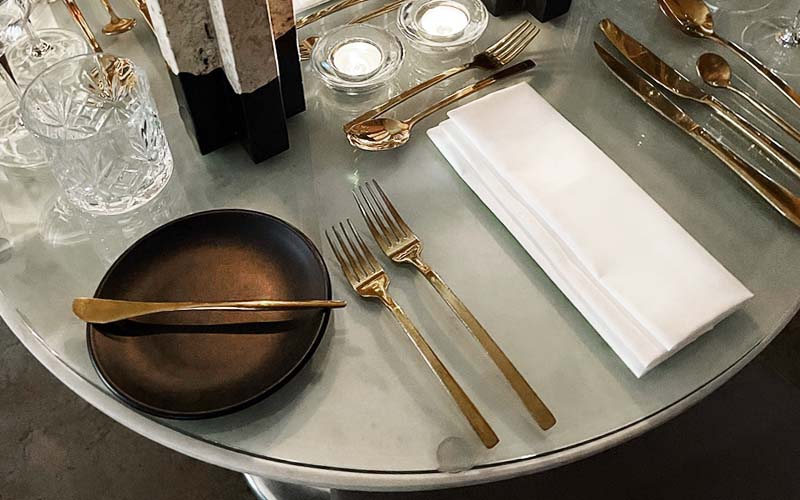
Young: We’re always looking for ways to improve. I know Jordan wants to expand at some point. We’ve got quite a large property and the vision is to build a standalone restaurant on the back part of the property that would expand our capabilities to seat people. We’d like to have a 40 to 60 seat restaurant in the back and then just use the current restaurant that we have as a wine cellar for private dining and things like that—like a chef’s table. That’s the vision. I don’t know the timelines, but that’s where we’re going.
Looking to scale your hospitality business? Talk to one of our experts to find out how Lightspeed can grow with you.

News you care about. Tips you can use.
Everything your business needs to grow, delivered straight to your inbox.



